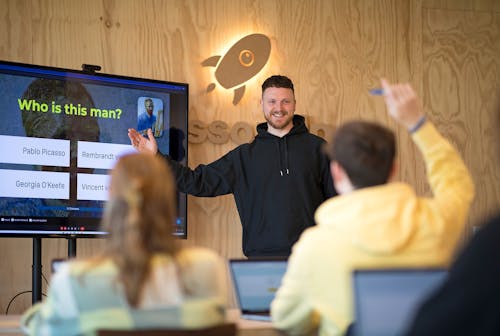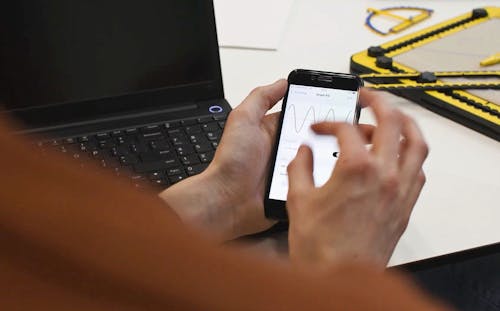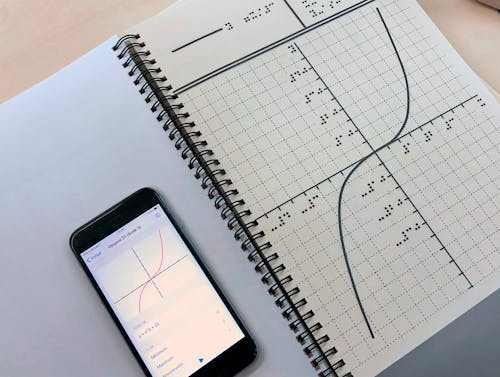Things That Talk
With Leiden University we developed a new educational platform on which students, teachers and scientists can collect and share knowledge about historical objects and collections.
An innovative education platform that promotes knowledge sharing between universities, museums and libraries with crowd-sourced stories around photographed objects. That was what Leiden University had in mind when they approached us. Ambition: to bring education and research closer together.
A new educational website had to be designed to allow students, teachers and scientists to add and metadate historical research and collection objects in a user-friendly manner. All based on the idea that an image is not just an illustration to the text, but that the objects themselves have a voice: Things That Talk.
Leiden University wanted that design agency Fabrique and we would do this job because of the success of Below the Surface. That website also tells stories with ultra-resolution photos of historical artifacts. And also with the Naturalis educational Nature Lab, we have shown how students can be placed in the role of researcher in an interactive way.
Important for this project was validating the concept. First of all: is there any support at all for this project? Secondly, a more technical question: how can object data be entered and published in pieces and by different people? And in such a way that the metadating process is playful and inviting. A well-designed and working prototype provided the basis for testing these product issues.
Technical starting point for this project: Micrio, which we developed ourselves. Micrio is an online tool with which data can easily be presented in the form of storytelling using high-resolution photos. Users can add, metadate and enrich images themselves using clickable markers, tours, and audio (voice-over, music and other sounds). This creates a user-friendly and multimedia experience that is accessible and interesting to a wide audience.
Trailer Things That Talk
In the middle of 2020, the platform thingsthattalk.net was launched with the first stories about objects that normally remain behind closed doors. For example, an Asian Studies student tells the story of a cut-off Chinese tail from the nineteenth century. A student of Greek and Latin language and culture draws attention to clay tablets in the shape of palm leaves with one of the earliest script forms on them. And a researcher examines the history of Suriname, the Netherlands and the interconnectedness with slavery, using objects from his grandmother's house.
The prototype has shown that users are really motivated to add and enrich information. Therefore, the next step is being taken to expand the platform. Anyone who has knowledge about certain objects should be able to contribute to the education and research platform. The ultimate goal is to make Things That Talk an interinstitutional and public system, in which knowledge about historical objects is collected.




